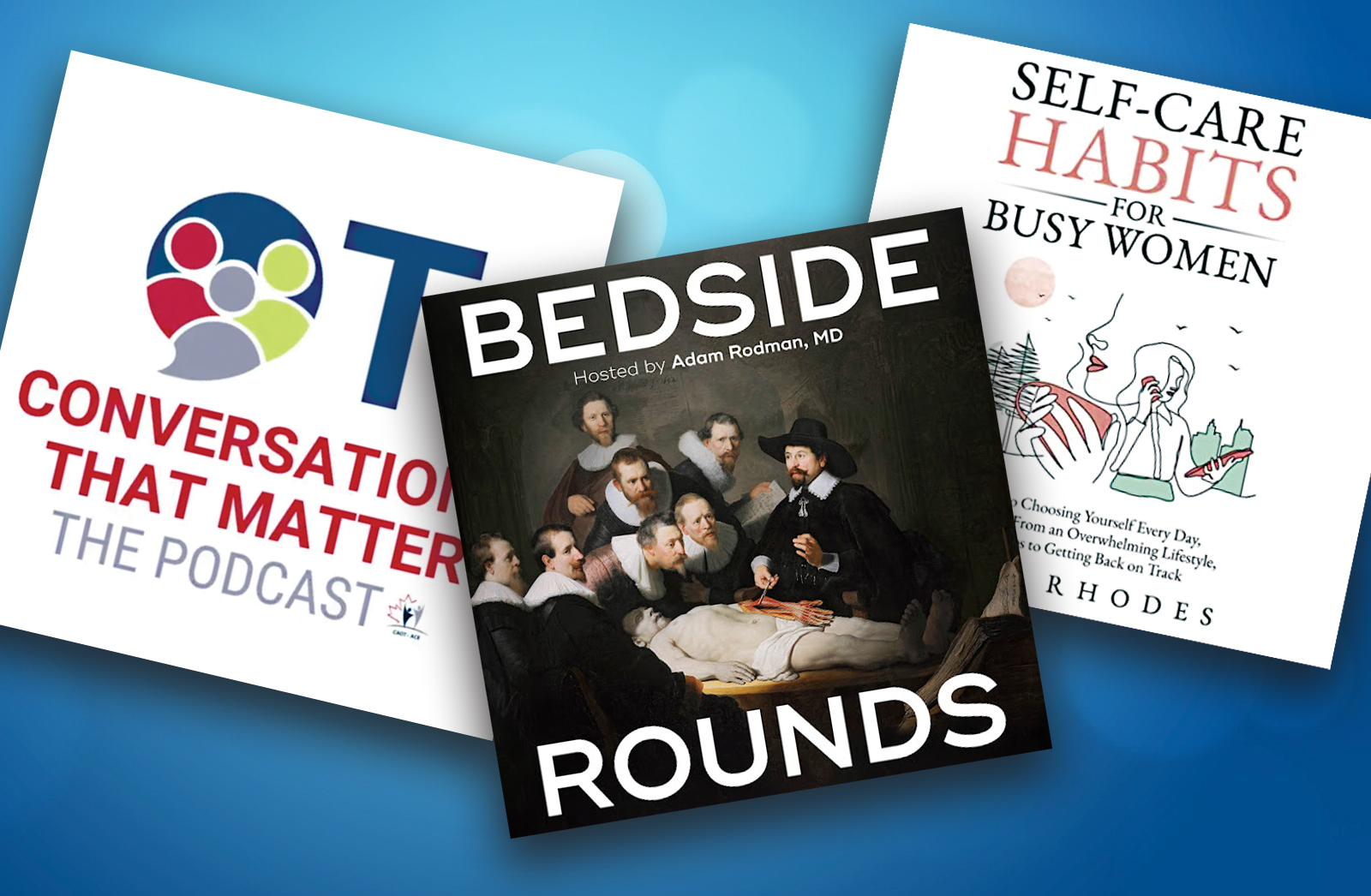The heat is on
Research from Loughborough University in the UK suggests that a good soak in the hot tub has benefits similar to exercise and helps boost metabolic health. 14 study participants were assigned to an hour-long session in a hot bath (at 40˚C) or an hour of cycling. While the cyclists burned more calories, the bathers managed to expend an average of 140 calories, the equivalent of a half-hour walk. 24 hours after each trial, both groups also showed improved ability to control blood sugar (an important measure of metabolic fitness). This may be attributed to proteins that help regulate blood sugar — known as heat shock proteins (HSPs). These HSP levels tend to rise after both exercise and “passive heating.”
Source: theconversation.com
Doc vs. Machine
Can digital doctors match, or outperform, their human counterparts when it comes to clinical diagnoses? Certainly not yet, according to the findings of a research team from Harvard Medical School. In a study that involved 234 physicians and 23 commonly used symptom-checker apps—when asked to evaluate 45 clinical cases, the physicians were more than twice as likely to get the correct diagnosis than the computer symptom checkers. Despite outperforming the machines, physicians still made errors in about 15 per cent of cases. The solution Researchers say developing computer-based algorithms to be used in conjunction with human decision-making may help further reduce diagnostic errors.
Source: hms.harvard.edu
Brain surgery removes tumour through nostrils
Hospitals around the world are looking to The Ottawa Hospital to learn about an innovative brain surgery being advanced by one of its neurosurgeons, Dr. Fahad AlKherayf. The procedure is a minimally invasive method of removing a tumour through the patient’s nostrils. With fewer complications than operating on the skull, the procedure is less risky and offers patients a faster recovery time. There are also no visible traces of incisions or scars. In the last three years, AlKherayf and his surgical team have performed this operation on 80 patients.
Source: healthscape.ca
Lower and slower
The Glycemic Index (GI) is a scale, from 1-100, that ranks carbohydrate in foods according to how they affect blood glucose levels. Carbohydrates with a low GI value (55 or less) are more slowly digested, absorbed and metabolized and cause a lower and slower rise in blood glucose and, therefore insulin levels. Eating foods with a low Glycemic Index can help:
• Control your blood glucose (sugar) level
• Control your cholesterol level
• Control your appetite
• Lower your risk of developing heart disease
• Lower your risk of developing type 2 diabetes
Top-performing foods with low GI values are plain yoghurt, asparagus, tomatoes, and peanuts.
Source: diabetes.ca
Napoleon’s hemorrhoids
Seventy-five per cent of people will suffer from hemorrhoids at some point in their lives. Even the great Napoleon who’s hemorrhoids are said to have lost him the Battle of Waterloo, couldn’t beat them. They’re most common in adults between the ages of 45–65 and with women who are pregnant. Causes include chronic constipation, sitting for long periods (especially on the
toilet), lifting heavy objects repeatedly and obesity that is dietary related. Symptoms include swelling in the anal region, discomfort, bleeding, itching and unintentional leakage.














